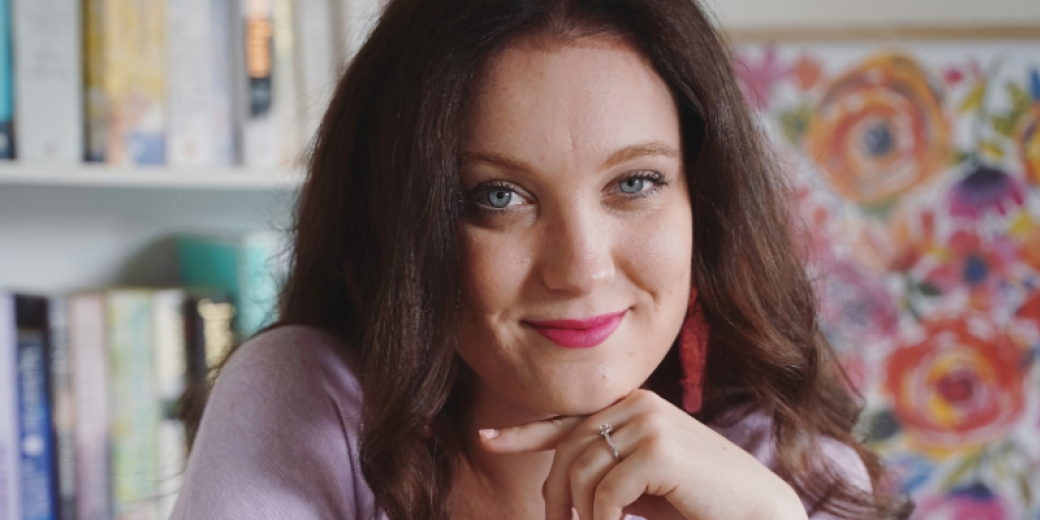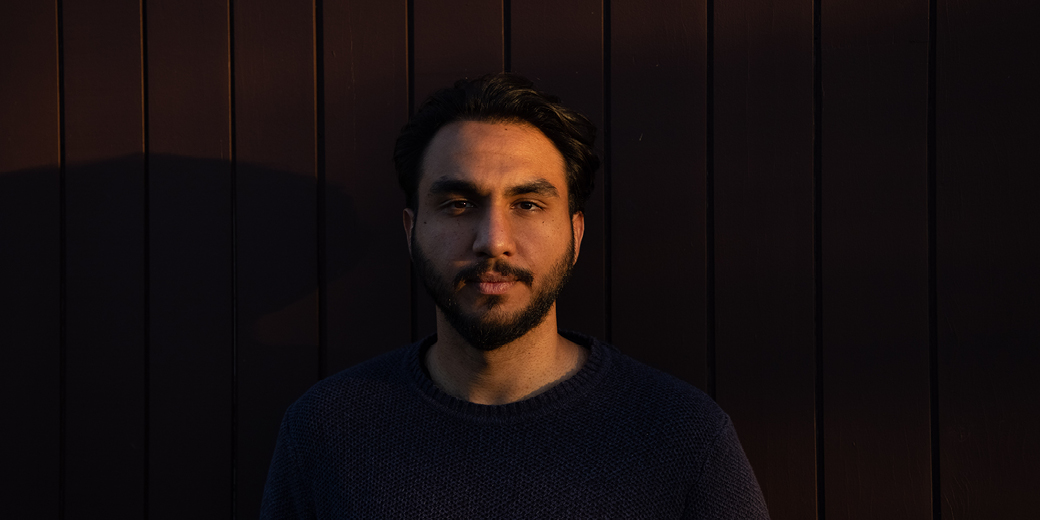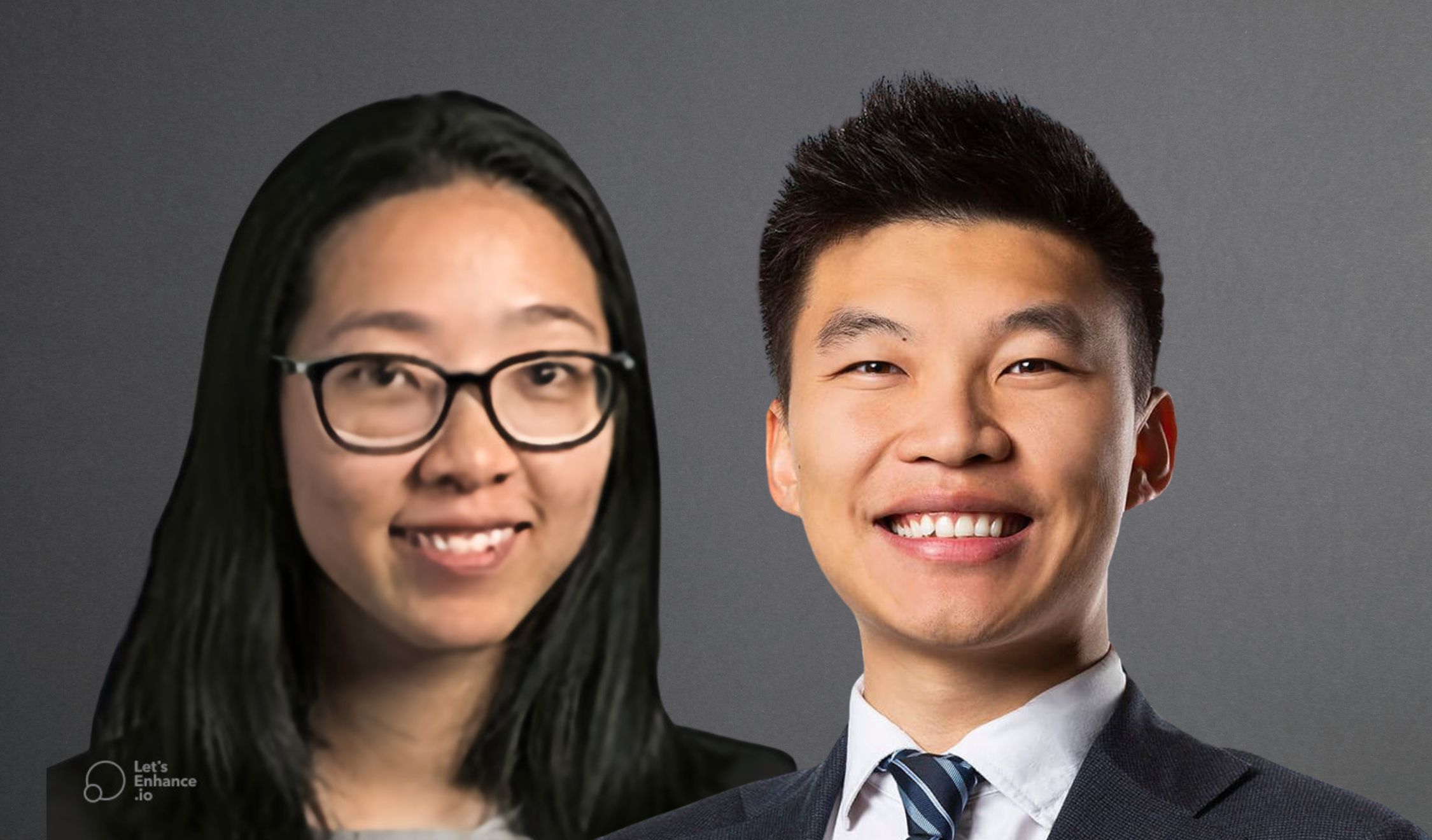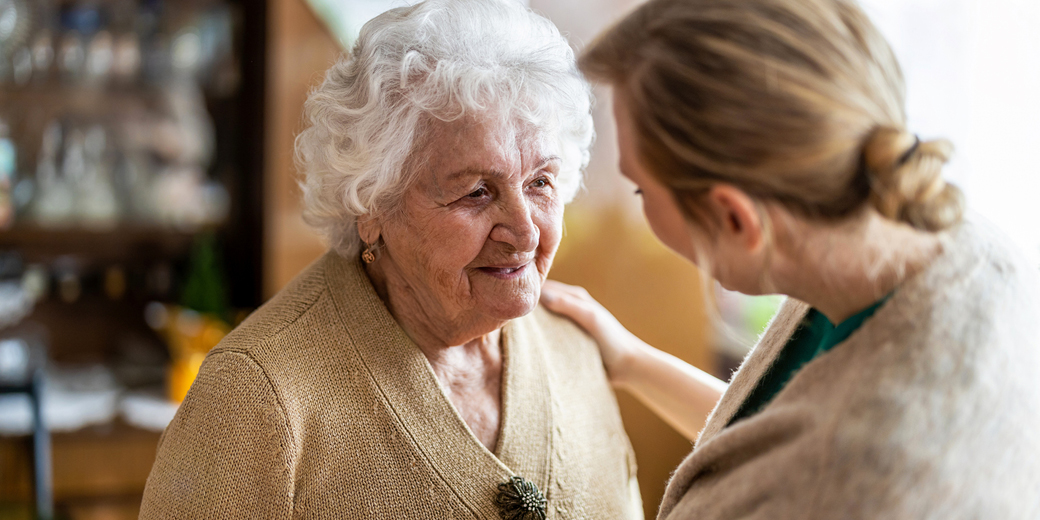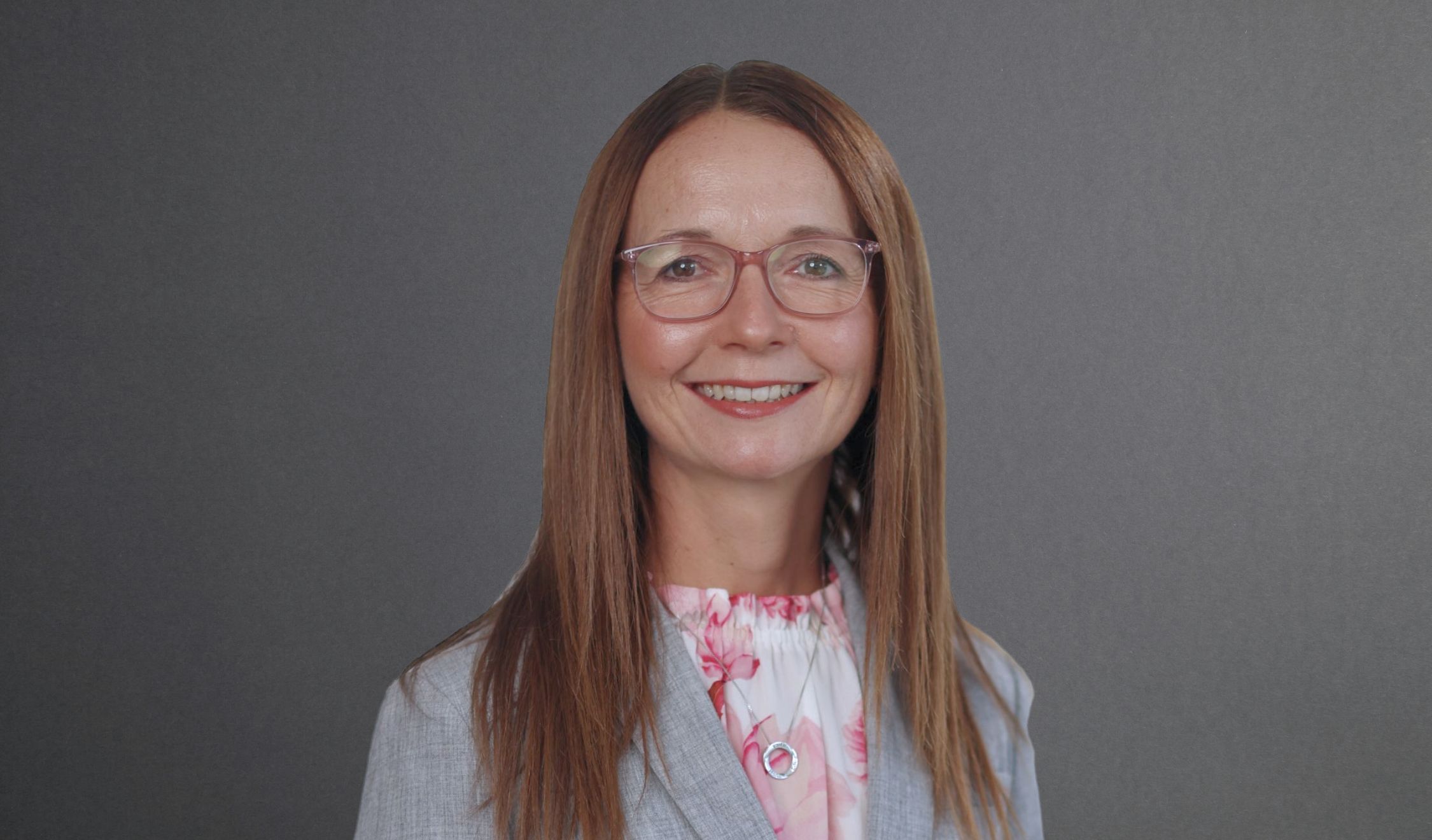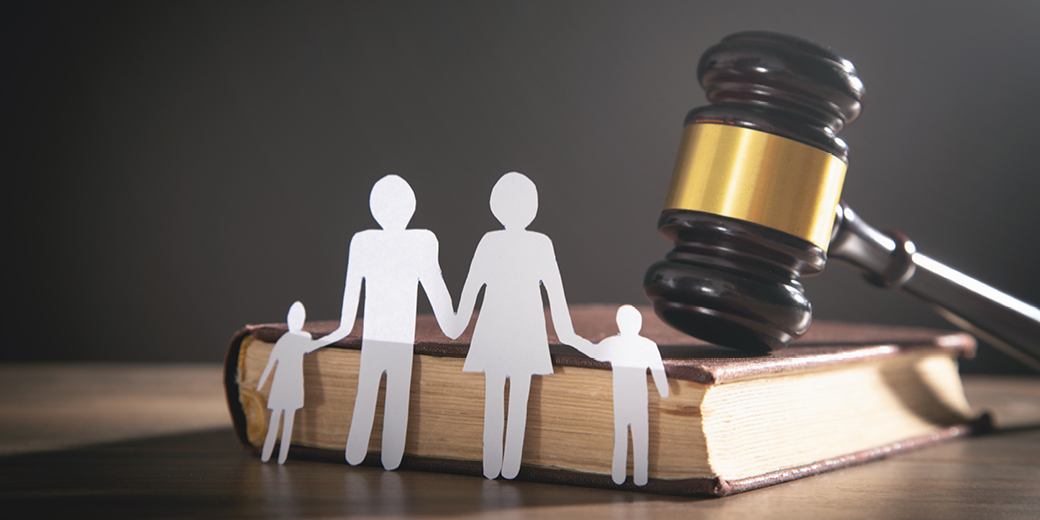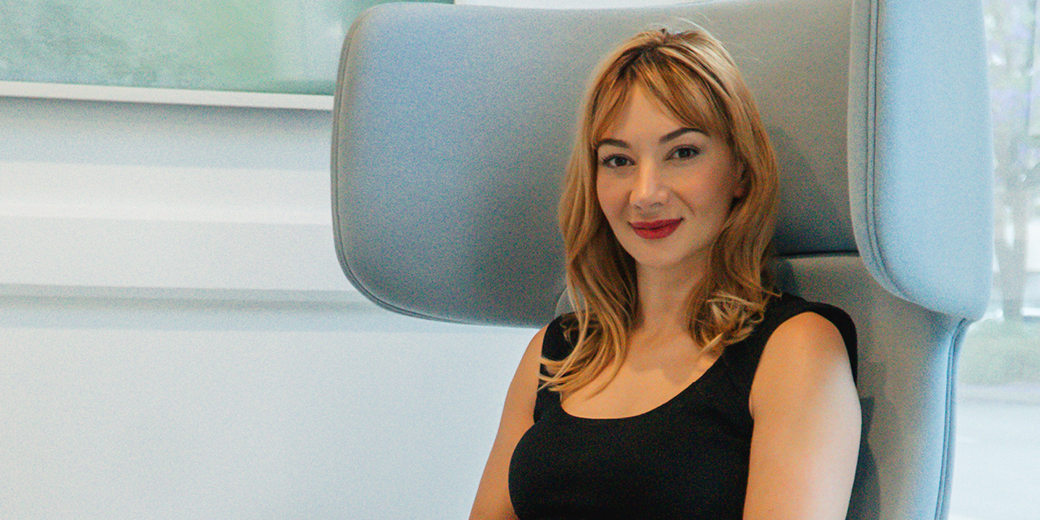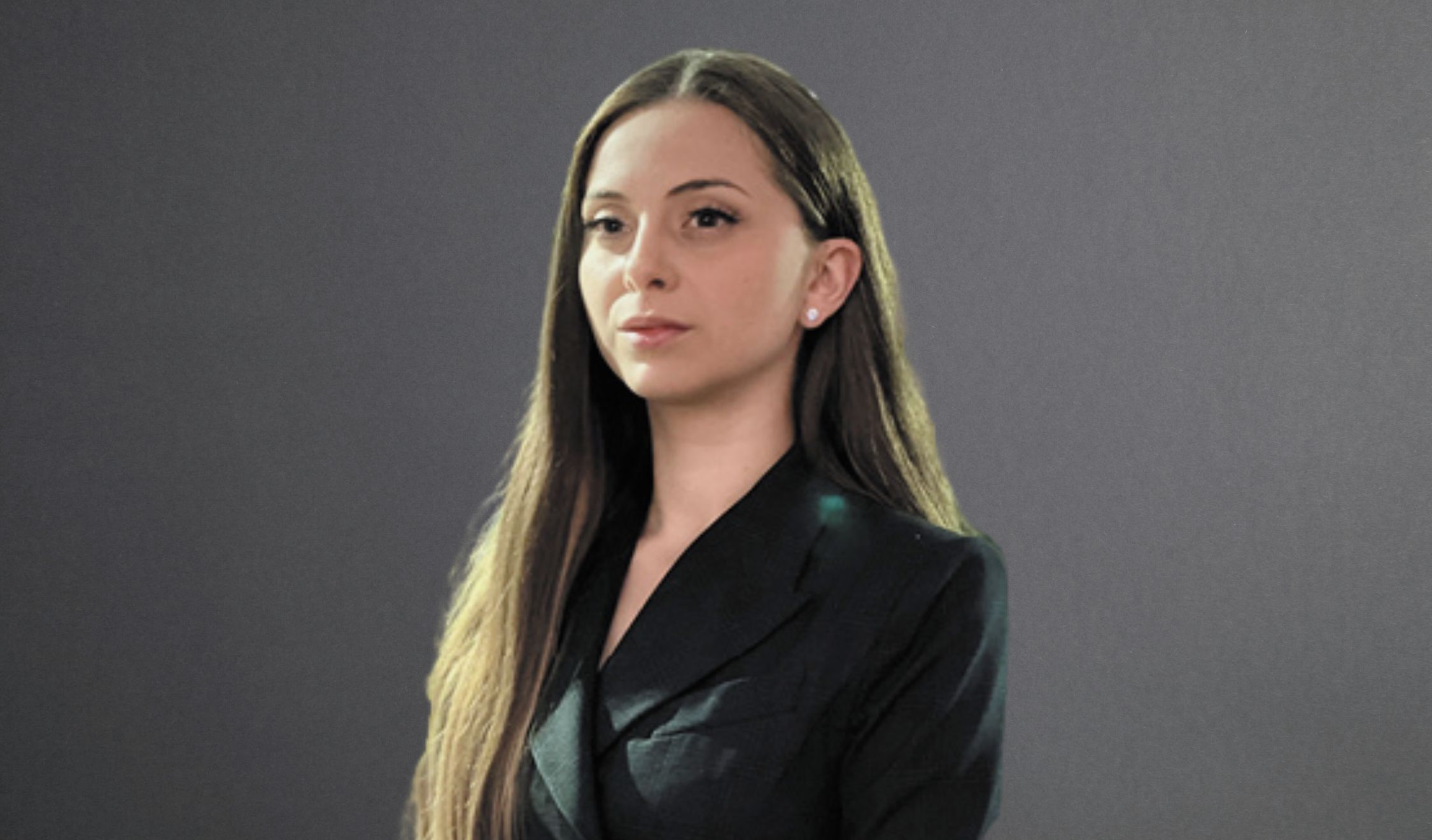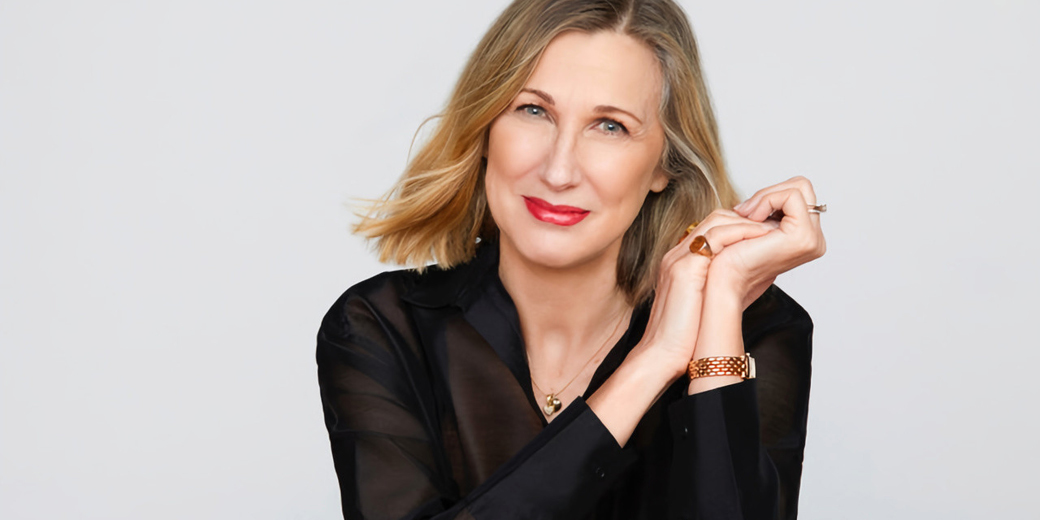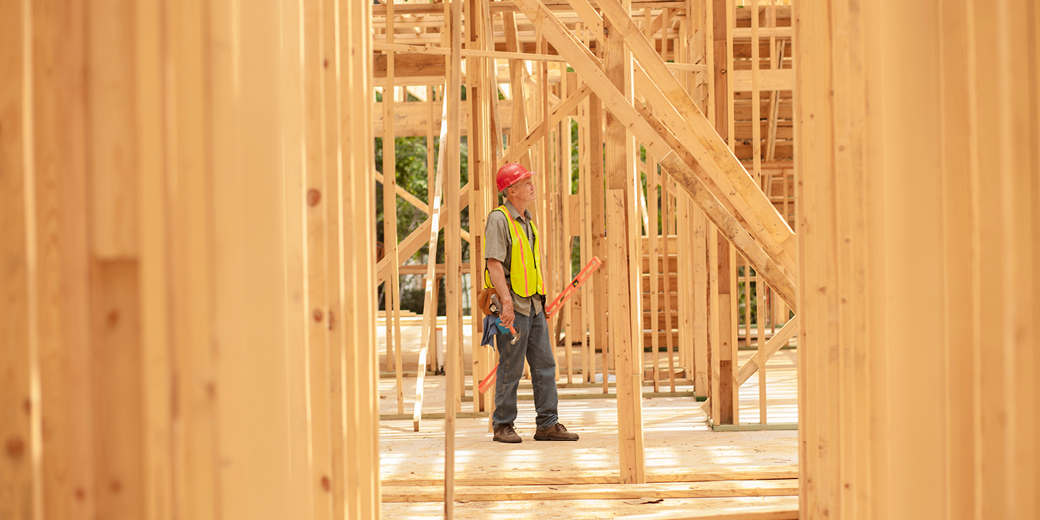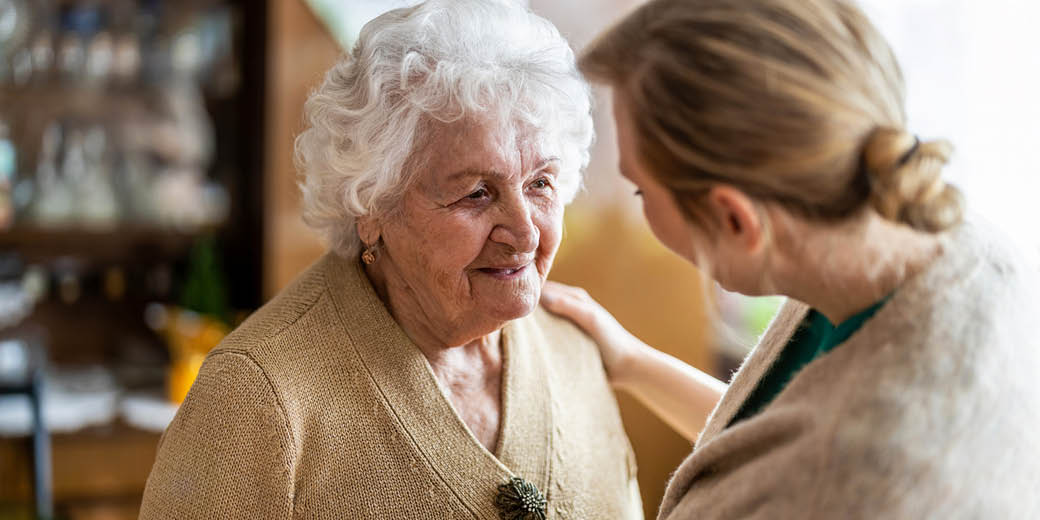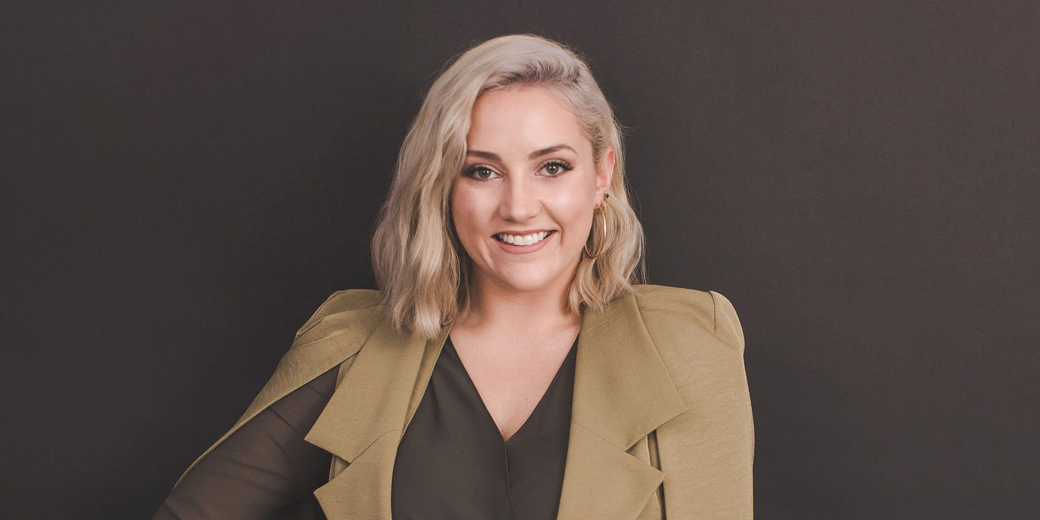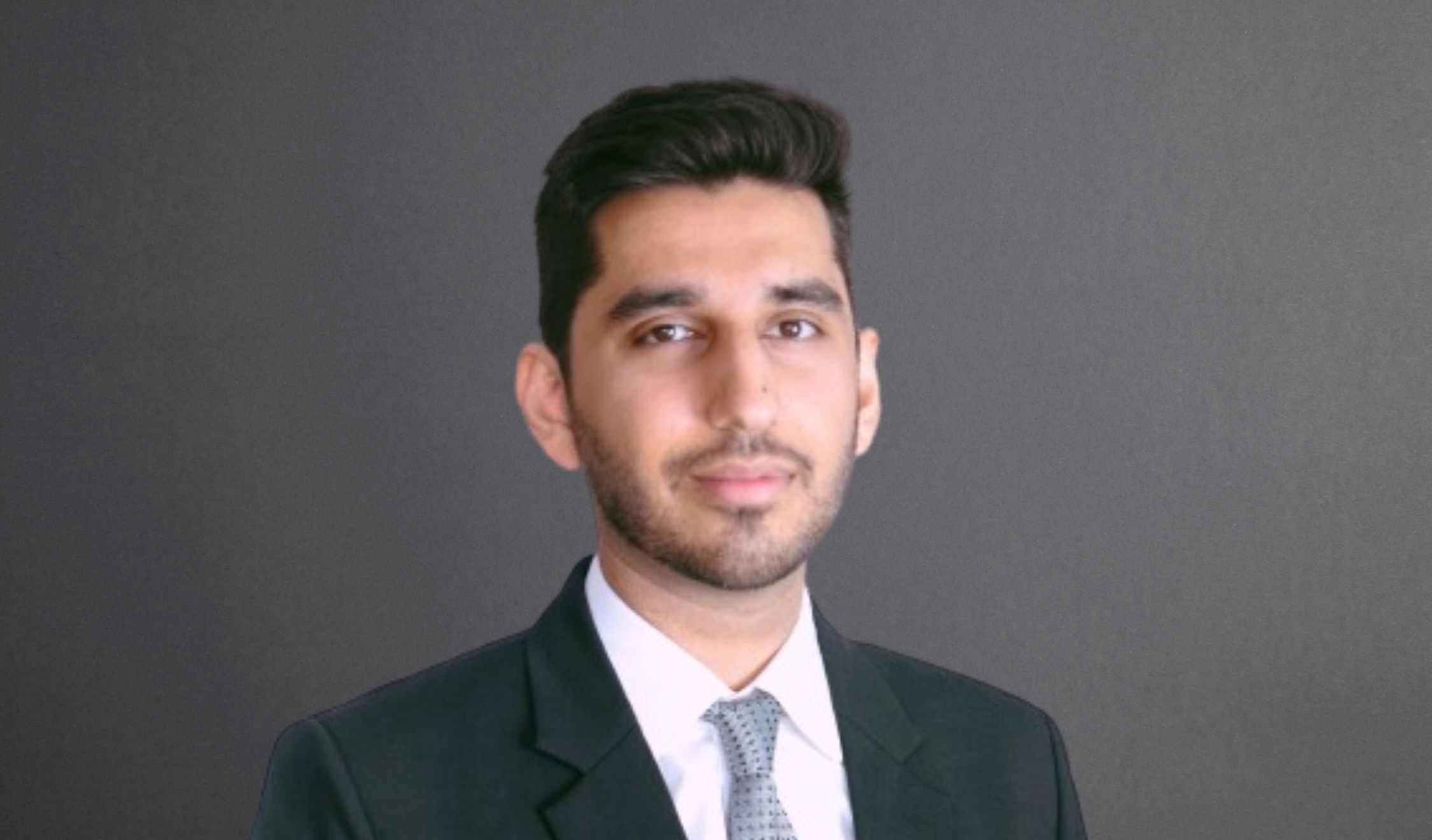Where would we be without the wise and noble individuals that answer the most pressing legal concerns of our time? For everything between whether Red Bull really gives you wings to Constitutional matters that strike the very heart of our freedoms, judges are an indispensable and unshakeable pillar of our legal system.
So while we know that more than a few of you will be able to answer the question “Who is your favourite judge?” without a moment’s hesitation, Insights brings you a handful of Australia’s best and brightest judges to help you pass your verdict if you are still undecided.
Chief Justice French
Of the notable names to grace this list, Chief Justice French is the only one to still serve the Australian justice system. Hailing from Western Australia, French’s long and prolific legal career has led him to his current position at the helm of Australia’s foremost court of law. During the 1970s, French co-founded the WA Aboriginal Legal Service and served as President of the Native Title Tribunal. Furthermore, like a number of the other names on this list, Chief Justice French has a proud history of refusing to treat judicial activism as taboo.
French’s time on the bench has been one of remarkable consensus, with French himself dissenting on only 2% of cases he participates in. However, if French’s very recent judgment in Tajjour v NSW is anything to go by, when French dissents, French dissents. In Tajjour, French continues to prove his clout as a social progressive, coming down hard against any obstacle to freedom of political communication.
Justice Kirby
“Judges, like most mortals, have values.”
And Justice Kirby was certainly a judge who was guided by his moral compass – even in his final dissent in which he railed against fellow members of the High Court for racial bias. Described by his biographer as Australia’s “first, and only, true celebrity judge”, Justice Kirby holds a treasured spot in the hearts of bright-eyed law students and seasoned legal practitioners alike. With Kirby’s dissent rate reaching almost 40% on matters in which he participated – a phenomenon described as the “Kirby Effect” – he earned the nickname “The Great Dissenter” during his stint on the bench in the High Court of Australia.
Though Kirby is most fondly remembered as resident rebel of the High Court, he also notably served as the inaugural Chairman of the Australian Law Reform Commission. Despite having retired, he has yet to Kirb his quest for justice, campaigning for LGBT rights and leading an inquiry for the UNHCR into human rights abuses in North Korea. Due to his illustrious career, inimitable charisma, and implacable sense of morality, Justice Kirby’s place on the judicial bench of our hearts will remain secure for years to come.
Chief Justice Dixon
Being the man at the helm during the period referred to by Lord Denning as the “golden age” of the High Court, Chief Justice Dixon led the High Court on landmark decisions across diverse areas of law.
Along with the other members of the Dixon Court, described by New South Wales Chief Justice Spigelman as “one of the great common law benches of history”, Dixon’s time on the bench gave rise to a higher proportion of joint judgments than ever before. Posthumously, Dixon is even attributed with paving the way for Prime Minister Gough Whitlam’s famous dismissal in 1975.
Justice Evatt
For most of us, the mention of Herbert Evatt evokes the memory of a long forgotten history lesson on the UN and Australia’s role in it. But Evatt’s career boasts far more than his already impressive achievement in helping to draft the UN’s Declaration of Human Rights. In a rather fascinating career trajectory, Evatt went from serving in the High Court (to which he was admitted at the ludicrously young age of 36) to being the Chief Justice of New South Wales and Leader of the Australian Labor Party.
Justice Gaudron
In 1951, a little girl from the northern rural town of Moree in New South Wales looked up at a man addressing a crowd from the black of a Holden ute and asked “Please sir, what’s a Constitution?” It’s a wonder to think such a seemingly innocuous conversation occurred between an eight-year-old future member of the High Court and the youngest judge to have ever sat on that same bench, Herbert Evatt. For the record, Evatt answered judiciously and mailed her a copy of the Australian Constitution.
Thirty six years later, Mary Gaudron went on to become Justice Gaudron, the first woman to become a member of the High Court of Australia and a shining symbol of irreverence in the patriarchal institution that was the High Court. Not only did Gaudron (along with Justice Deane) become the first known whistleblower in High Court history by defending Justice Kirby from slanderous remarks made in Parliament but – in the same affair – was possibly also the first judge to dismiss a Chief Justice from her chambers.
















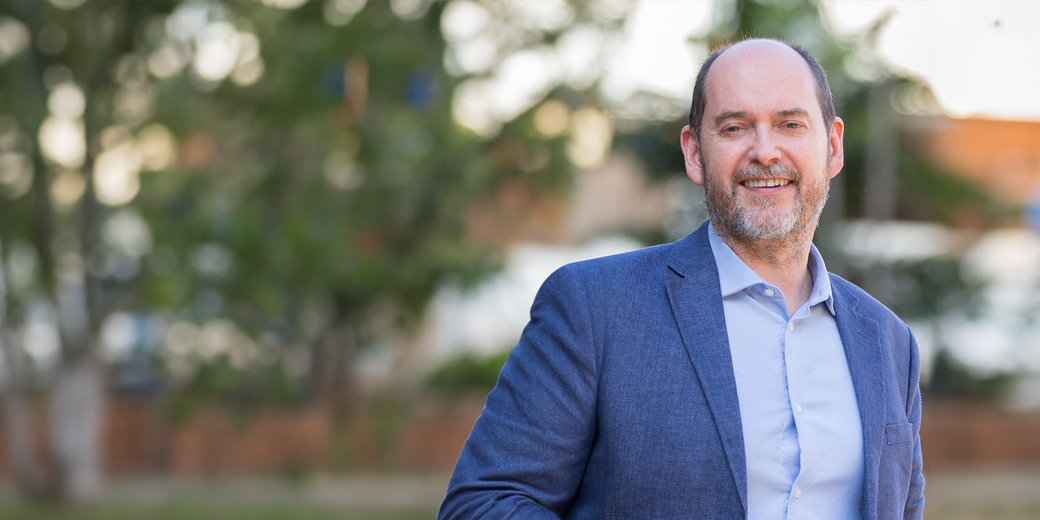




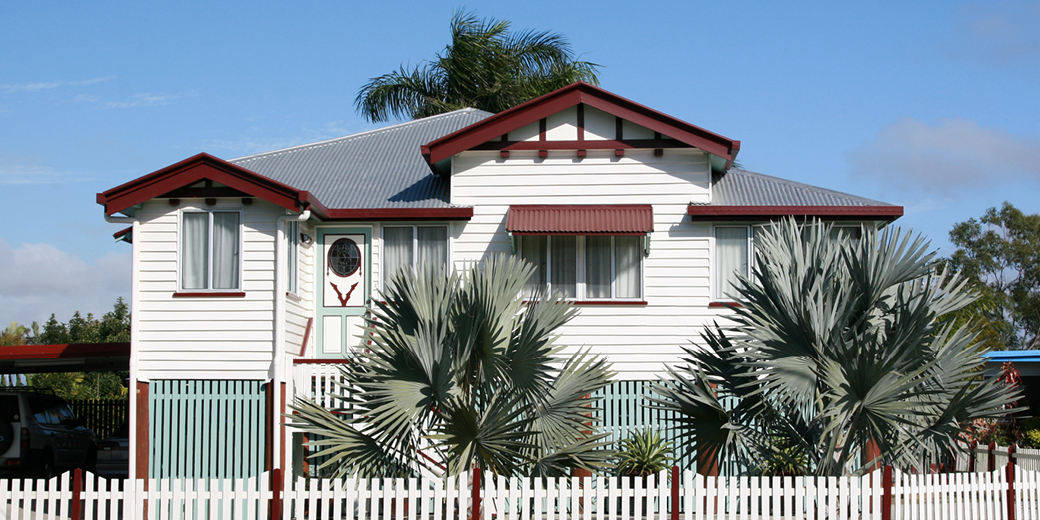












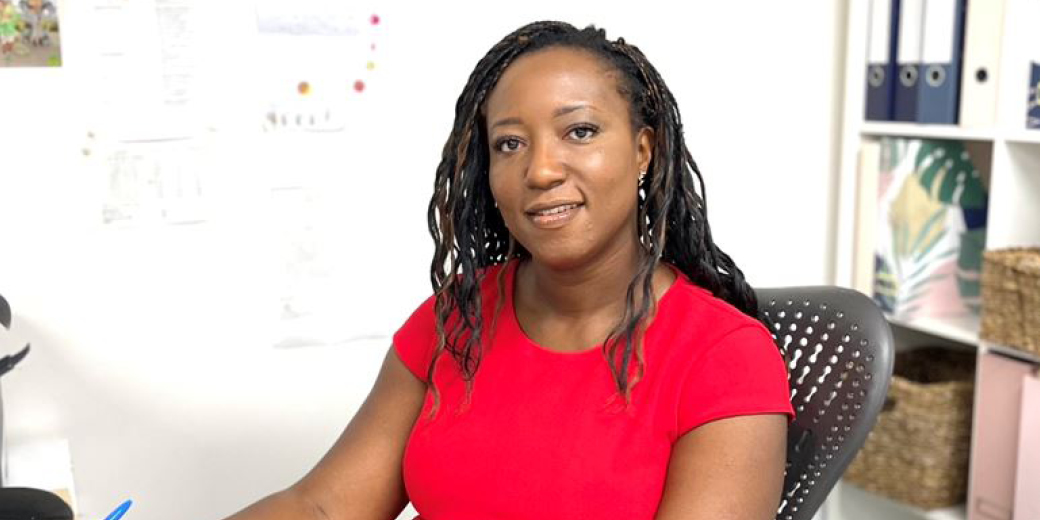

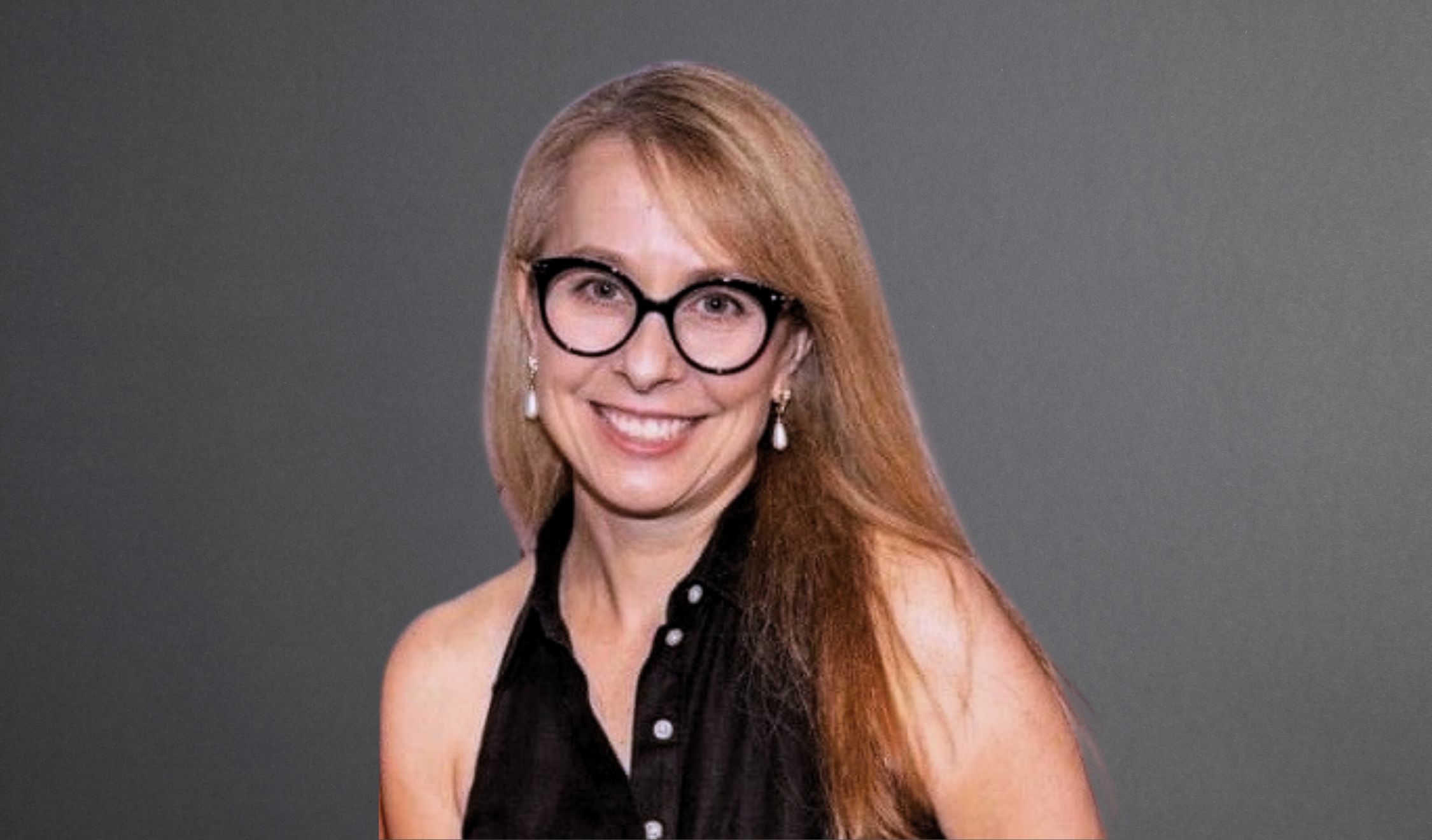

![How to handle Direct Speech after Gan v Xie [2023] NSWCA 163](https://images4.cmp.optimizely.com/assets/Lawyer+Up+direct+speech+in+drafting+NSW+legislation+OCT232.jpg/Zz1hNDU4YzQyMjQzNzkxMWVmYjFlNGY2ODk3ZWMxNzE0Mw==)






